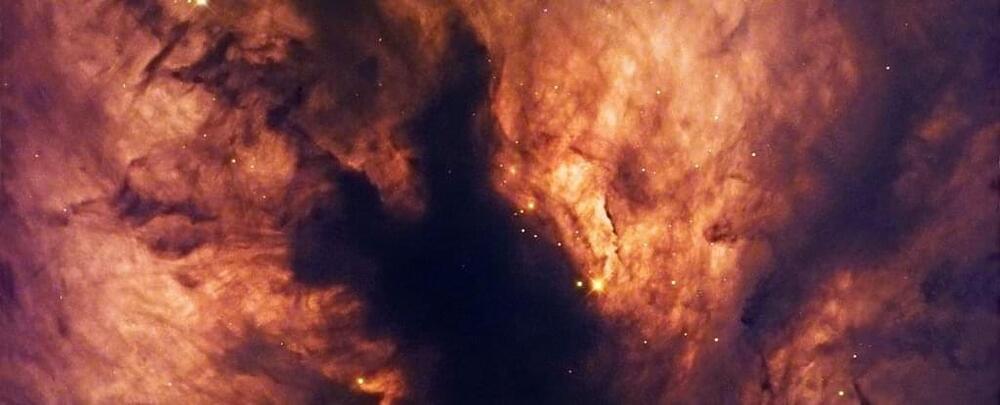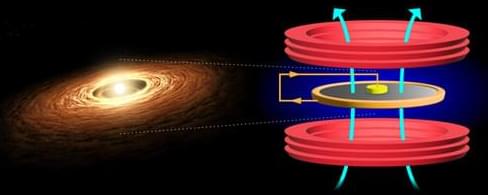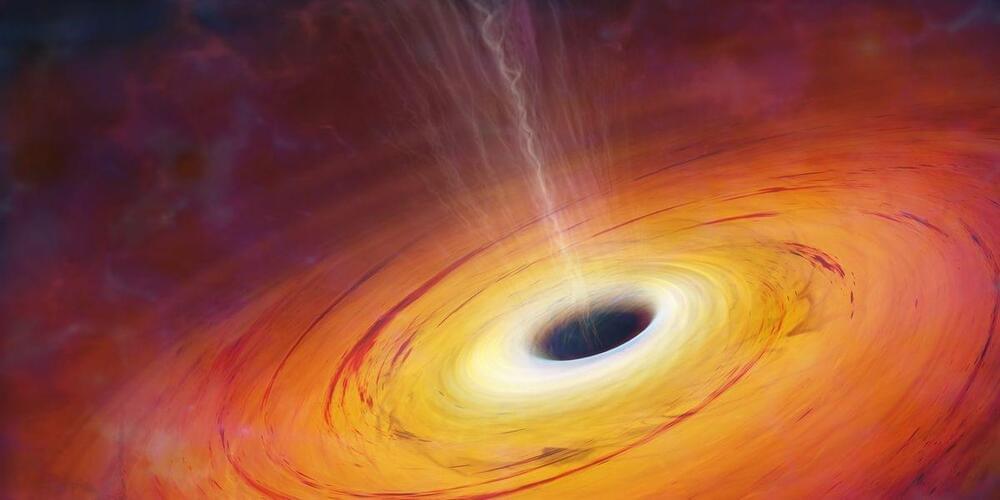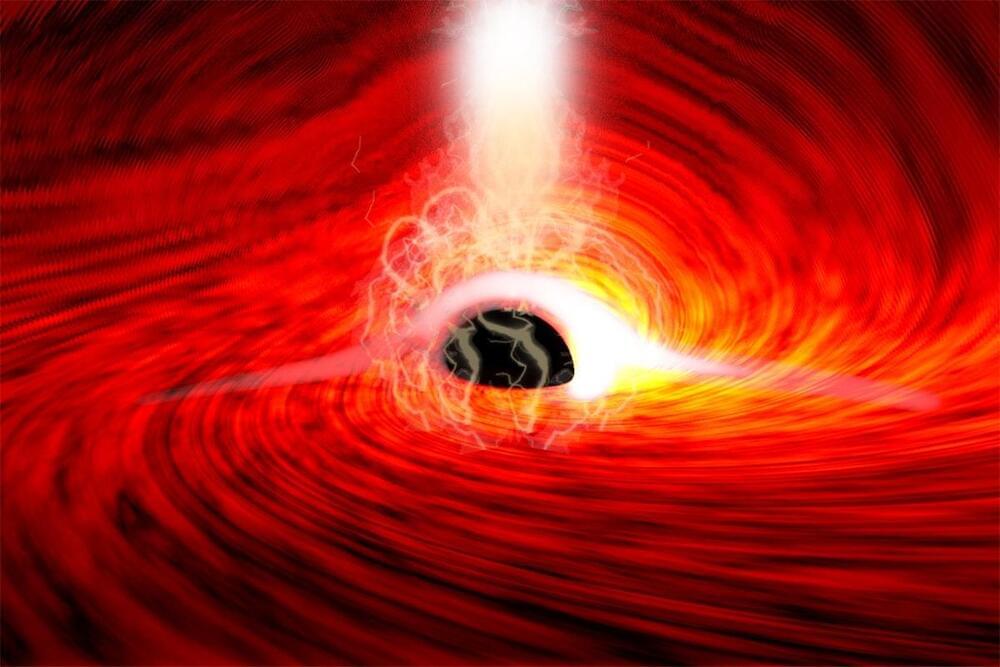From the smallest bacterium to the greatest galaxy, death looms on the horizon; even if, in cosmic terms, the time scales are too large for us to truly comprehend. Eventually, even the Universe itself should come to an end – when the last light winks out, and the cold, dense lumps of dead stars are all that remain.
That is, at least, how it is under current cosmological models. What if our Universe doesn’t die a cold death, but collapses, reinflates, and collapses again, over and over, like a giant cosmic lung?
It’s not exactly a widely accepted theory, but for some cosmologists, our Universe could be just one in a long series of births, deaths and rebirths that is without beginning or end – not a Big Bang, but a Big Bounce.





